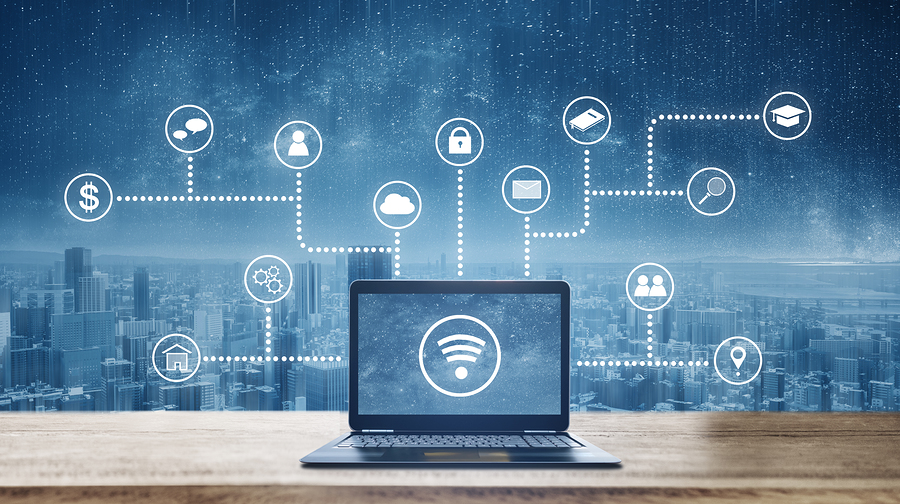Exploring the Impact of 2G, 3G, and 4G on Mobile Connectivity
Cellular technology is a rapidly evolving industry. Today’s 4G networks are being upgraded to 5G, which will make them faster than they have ever been.
With each new network the capabilities of devices and services are improved. Cellular technologies are evolving, and old devices are substituted.
1G
Every new generation of mobile technology has improved the speed and quality of networks since the launch of the initial networks in the 1980s. Each new technology generation has its own advantages and unique characteristics.
The first cellular telephone networks (also called 1G) utilized analog technology, allowing users to make calls only. The next generation of 2G brought digital voice messages as well as voice calls.
Then came 2.5G, which combined packet switching and GPRS/EDGE technology. The 2.5G networks paved the path to high-speed data mobile applications. Mobile data connections are limited in terms of speed. The limitations are usually caused by data plan usage restrictions, hotspot caps and video throttling.

2G
The 2G era brought wireless data transfer over the top of voice. This enabled SMS messaging. Data transfer, lap mang viettel which used the same channels for talking and text messages as well as pictures to send between two phones, was possible using data transmission. The feature became so popular that it changed how we communicate. This also led the candy bars phones such as those of Nokia 3210 which sold over 160 million units.
The worldwide rollout of 3G networks introduced the mobile internet. This enabled users to browse the internet and use simple apps. It also paved the way to more advanced capabilities like HD Videoconferencing and Mobile TV.
Along with speedier data transfer 4G networks also enabled advanced functionalities like HD TV on mobile phones and video conference. The mobile IoT technology NB IoT and LTE-M also were paved with this tech.
3G
Increased usage of smartphones has made evident that the 2G network was no longer sufficient to manage data traffic. The result was the demand for a new generation of technology to meet the increasing requirements of consumers.
GSM was first introduced in the year 1990, and the technology used in cellular phones developed into digital from an analog. This was the beginning of 3G networks.
3G networks provide much faster data transfer speeds over the previous generation. Also, it allowed access to internet via mobile devices. Businesses could stay connected even when on the go.
It is the end of 3G since many companies have switched to 4G. Alarms for your home, GPS and mobile phones will be affected. There are steps that you can take to get ready for this transition and keep your hardware running smoothly.
4G
Revolutionizing the world is 4G’s mobile network. This new generation in mobile connectivity offers higher data speeds, as well as higher density connections and less latency.
With 3G networks already oversaturated with users and slow data speeds, 4G provides the ability to provide advanced mobile gaming services, HD mobile TV, video conferencing and IP phone calls. Beamforming is a technique that makes use of directional antennas to increase Ricean factor, increase SNR, and reduce root mean squared time spread.
Smartphones are a key factor in the development of 4G. This smartphone is credited with the making of 4G successful, and it is expected to lead innovative technology in a variety of areas. These innovations can help increase business efficiency and reduce costs. These innovations will enhance the standard of living for all people in the world.
5G
As new technologies are developed and become more powerful, their impact could be a shock. As an example the 5G network is expected to have a low-latency capability that can handle large amounts of data. It means that buffering in virtual reality and streaming apps could soon be an event in the future.
One way that 5G achieves such fast speeds is by utilizing millimeter wave (mmWave) frequencies that are able to carry more information than radio waves of other types. Additionally, 5G employs beamforming to focus on devices that are stronger and consume less energy.
Mobile technology will evolve in the same way as it did with the previous generations of mobile networks. More services as well as faster throughput will drive this evolution. This time, the changes could be more dramatic than those before.